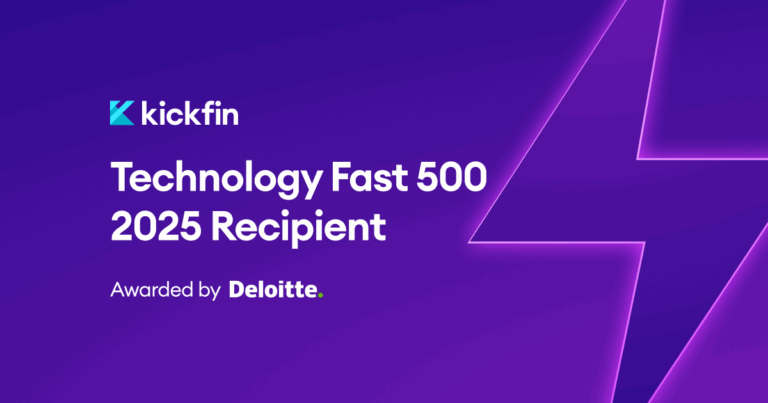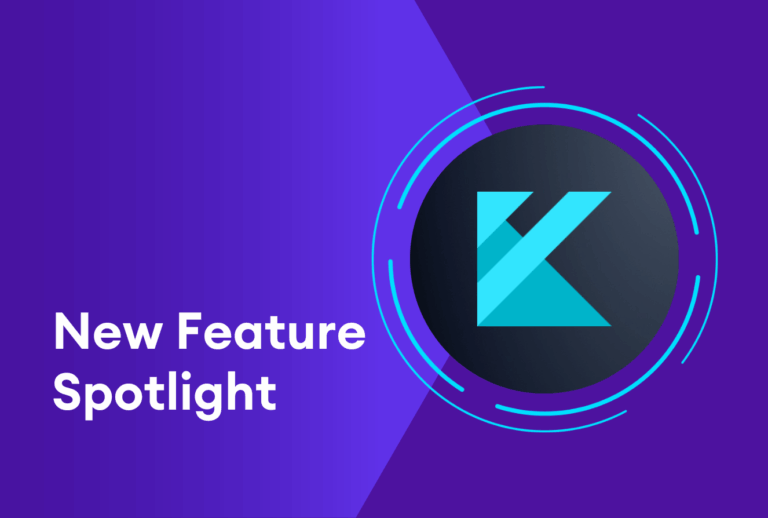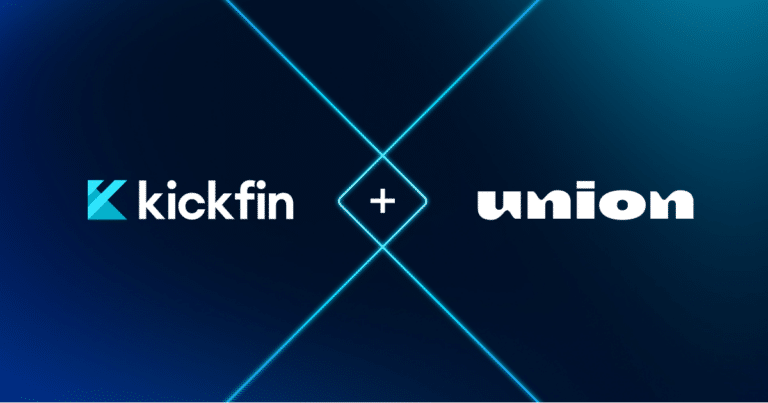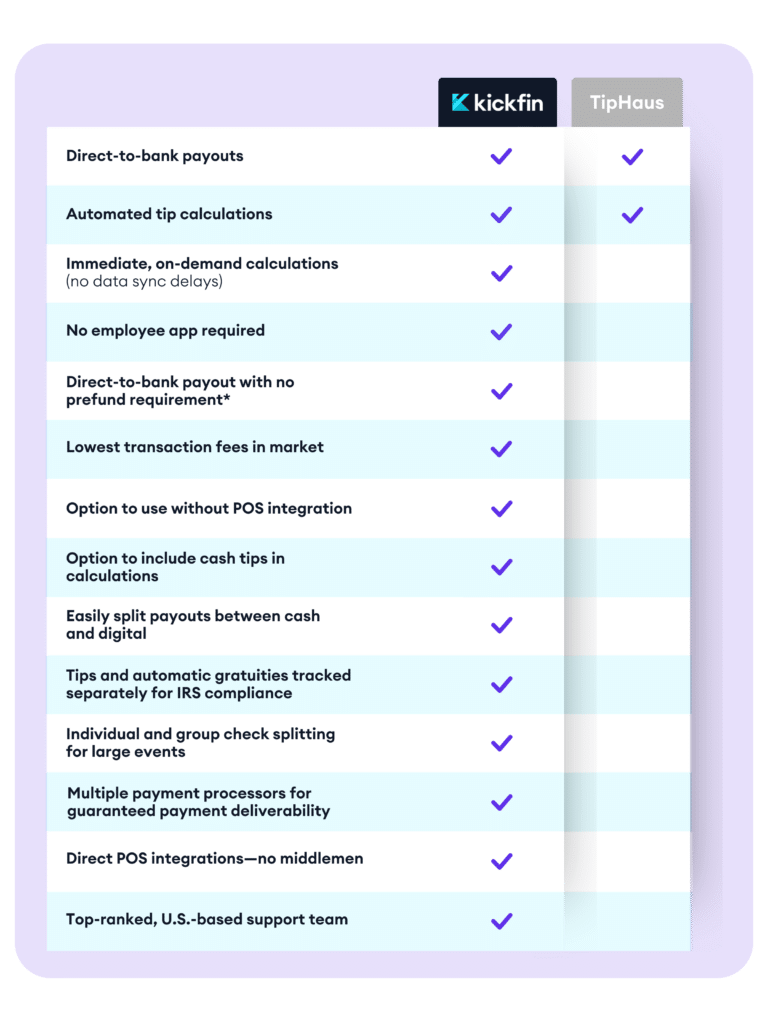For restaurant operators — and the consultants who advise them — building out your technology stack can be overwhelming. There are literally hundreds of software products and platforms at our disposal that promise immediate ROI, new operational efficiencies, increased productivity…the list goes on.
Of course, no restaurant needs more than a handful of tech tools, no matter how big you are. So how are you supposed to know which ones are right for your business?
We recommend taking a step back and thinking about the solutions you require — before you start sifting through actual vendors and platforms.
Below, we’ve compiled a list of solutions we’d recommend for every multi-location restaurant group. It may look like a lot — but the good news is that with only a few different tools, you can cover every item on this list!
1. POS Software
At the most basic level, your POS hardware and software should give you the tools you need to manage orders and process payments. A modern POS system should also have data security features to protect customers’ information (and yours), and it should also provide some level of reporting.
With that being said, there’s now a good amount of crossover between POS solutions and end-to-end restaurant management software. The latter includes POS hardware and software, as well as some combination of inventory management, employee management, accounting, payroll, and more — but not everyone needs such a robust solution.
Let your budget be your guide, and also consider the tools you’re currently using so you don’t double up on functionality.
2. Accounting Solutions
Many restaurateurs outsource accounting to third-party firms or consultants, and that can be a great solution. But if you’re handling everything in-house, you need a transparent, accurate, and easy way to track your numbers — including sales, revenue, food costs, vendor payments, payroll, and more.
You’ll want an accounting system that integrates seamlessly with your POS solution, as well as any other software solutions you have in place. You also should be getting automated, actionable and real-time insights into where your business stands financially. Bonus points if it automatically tracks payments and generates 1099s for your vendors.
3. Payroll and Tip Out Solutions
For many restaurant owners, operators and managers, payroll swallows up hours of their week, every week. Choosing the right payment solutions will not only give you time back; it will also make a strong statement to your employees — that you care about them getting paid fairly, quickly and predictably.
Many employees in the restaurant industry live paycheck to paycheck, which means the faster they can access the wages they’ve earned, the better. If weekly payroll is cost- or time-prohibitive for you, then leveraging a real-time tip-out solution for your employees can fill in those gaps between paychecks.
Keep in mind: With both payroll and tip-out software solutions, there may be hidden fees (for you and for your employees) that you’re not accounting for in your monthly or annual vendor payments. Make sure you fully vet the solution you’re considering before you sign on the dotted line.
4. Workforce Management Solutions
Hospitality employees often struggle with difficult or unfair schedules, lack of training, and poor communication. Leveraging workforce management software solutions can boost your team’s culture and drive retention, loyalty and engagement. Plus, it can reduce labor costs from 4 to 5%.
If you’re purchasing workforce management software for a multi-location restaurant group, it should offer (most of) the following capabilities:
- Auto-scheduling
- Time tracking
- Workforce communication
- Insights and analytics
- Hiring, training and other HR functionalities
5. Table/Floor Management
Table management solutions deliver visibility into what’s happening at each table in real-time, so your team can know exactly when and where to seat guests, serve guests, bus tables, etc.
Table management solutions also give restaurant operators actionable data and insights around what’s happening on the floor. And by reducing wait times and making service more efficient, they often result in a more pleasant experience for guests.
These tools run the gamut from super simple to incredibly smart. But don’t pay for more than you’ll need in the foreseeable future, and consider all the implications of going digital: for example, if your demographic skews more Baby Boomer and less millennial or Gen Z, some of those (very cool) features may not be necessary.
6. Inventory Management and Purchasing
When you automate inventory management and purchasing, you’ll cut down on food waste and costs, keep inventory records current, understand how food costs stack up against revenue, and make bookkeeping a breeze.
Pro tip: Be sure your purchasing and accounting solutions to play well together, if they’re not part of the same platform, so you can avoid the dreaded export/download/import process.
7. Online Ordering and Delivery
Smart restaurateurs know that online ordering capabilities can quickly and easily increase sales, especially during slower seasons.
Choosing the right online ordering platform can also save you time, labor costs and hassle. It’s faster than phone orders (and requires less manpower), and orders go straight to the kitchen, so there’s a lower risk of human error.
Plus, once your online ordering program gets off the ground, you’ll have a wealth of customer information that you can leverage to market to them, so they’ll keep coming back to you.
Remember: if online ordering isn’t part of the POS solution you’ve purchased (or you’re about to purchase), you’ll want to be sure they sync. The same goes for menu management, so you can avoid having to update menus in multiple locations every time a menu item or price changes.
8. Customer Loyalty Solutions
A loyalty program is a highly effective marketing tactic for restaurants, and (bonus!) it can be relatively hands-off, once it’s up and running, assuming you’ve got the right software in place.
There are so many ways to structure loyalty programs: points systems, tiered programs, etc. Maybe you want to build a VIP program, or perhaps you want to reward guests for making referrals or writing reviews. If you’ve got a vision for the way you want yours to work, there’s likely a software solution that can make it happen.






